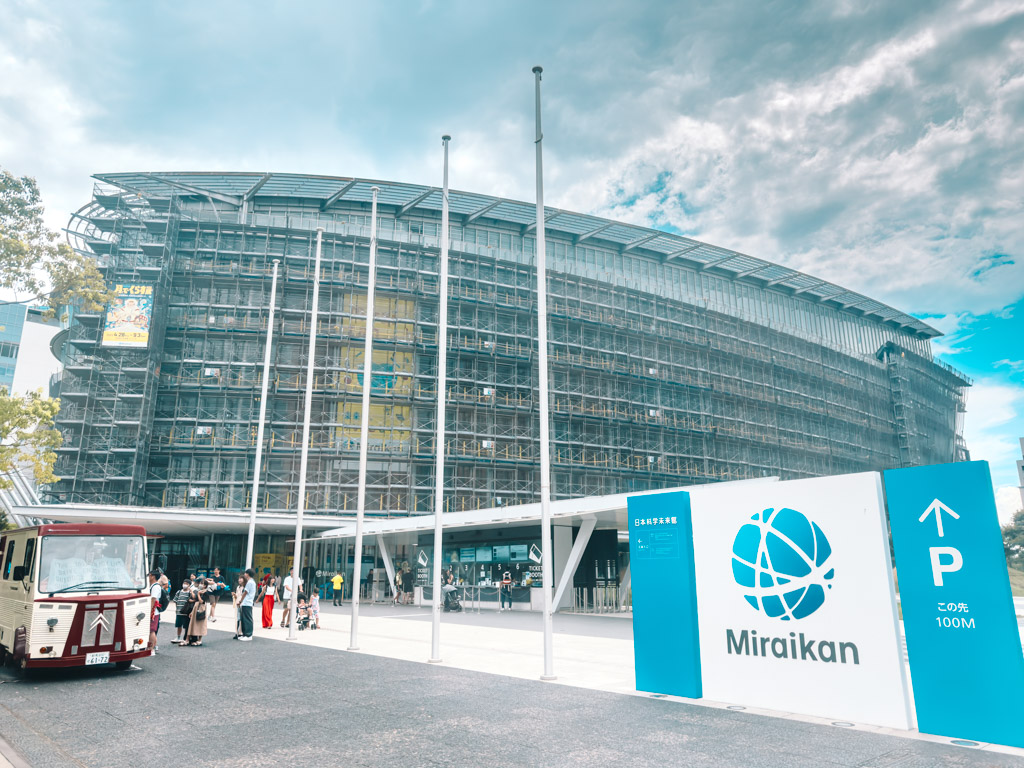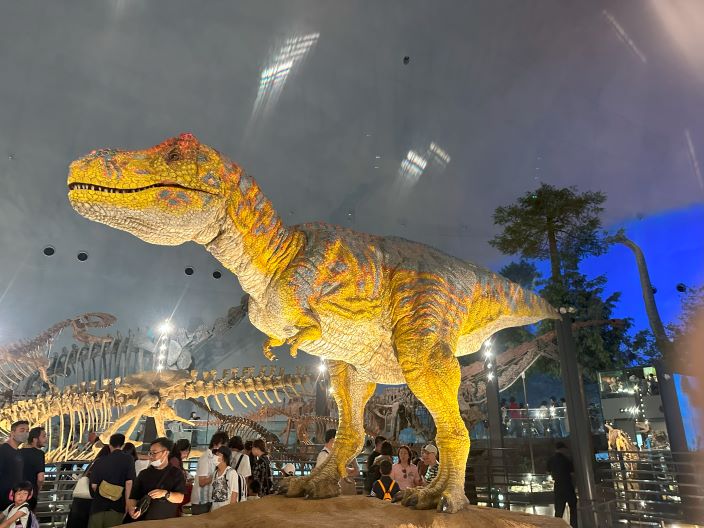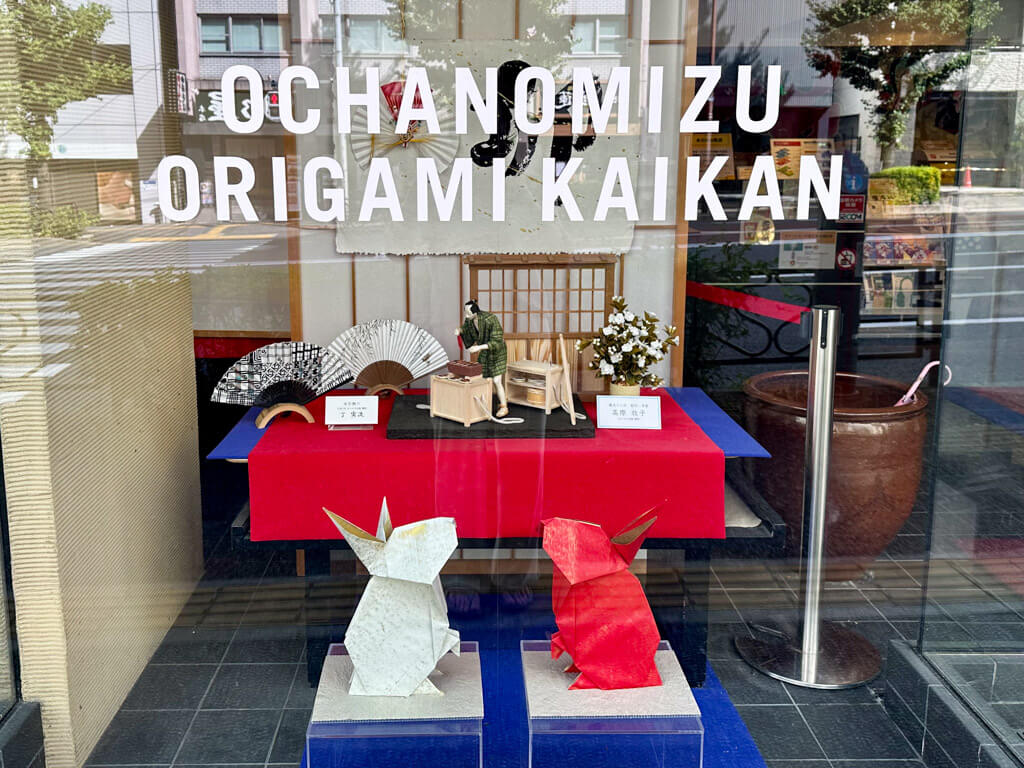At the end of August 2023, I took my children to the Miraikan in Odaiba, Tokyo. I had the impression that a science museum would be a bit stuffy and difficult to explain, but the Miraikan was a very interesting place with many fun ways to learn that I could not have imagined from the sound of the word “science museum”.
How much fun was this place? My 5-year-old daughter wrote in her “Summer Memories” at preschool, “It was fun to go to the Miraikan!” Even now, she is always saying, “I want to go to Miraikan again”.
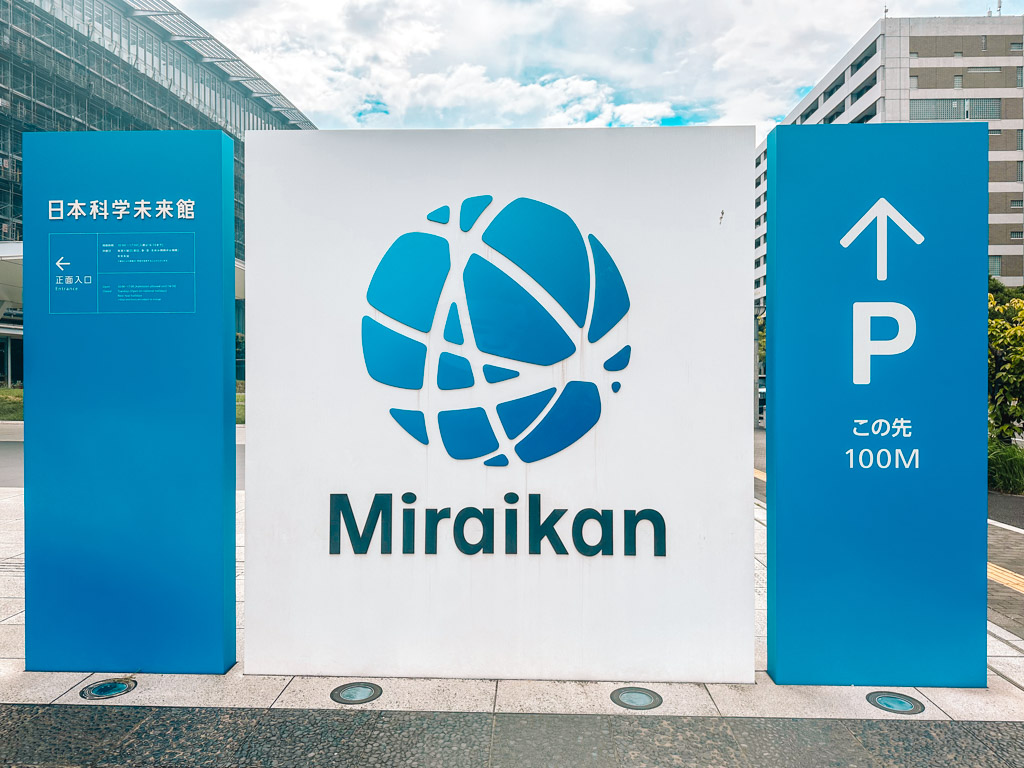
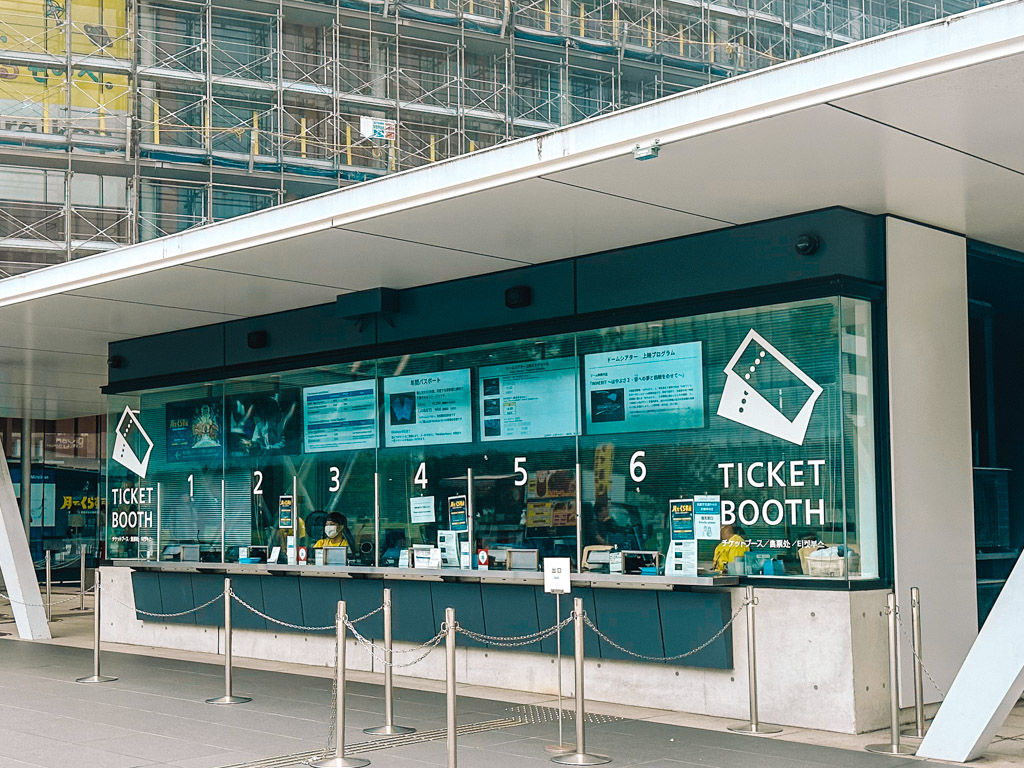
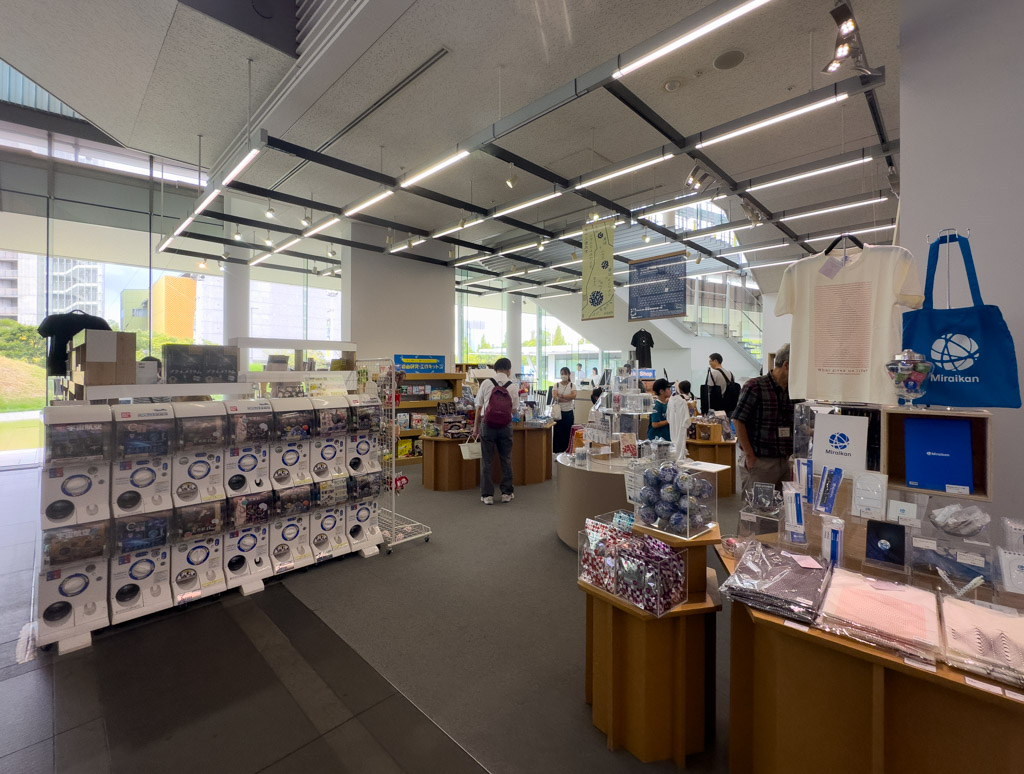
Miraikan is located in 5-min walk from “Tokyo Kokusai Cruise Terminal Station”, 4-min walk from “Telecom Centre Station” on the Yurikamome (monorail) and 15-min walk from “Tokyo Teleport Station” on the Rinkai Line.
I walked from Tokyo Teleport Station on the Rinkai Line. If you walk from the Tokyo Teleport Station, I recommend walking through the Symbol Promenade Park and passing by DiverCity Tokyo Plaza, which has few traffic lights. As a side note, the Symbol Promenade is very beautiful with hydrangeas! If you visit Odaiba during the hydrangea season, please stop by!

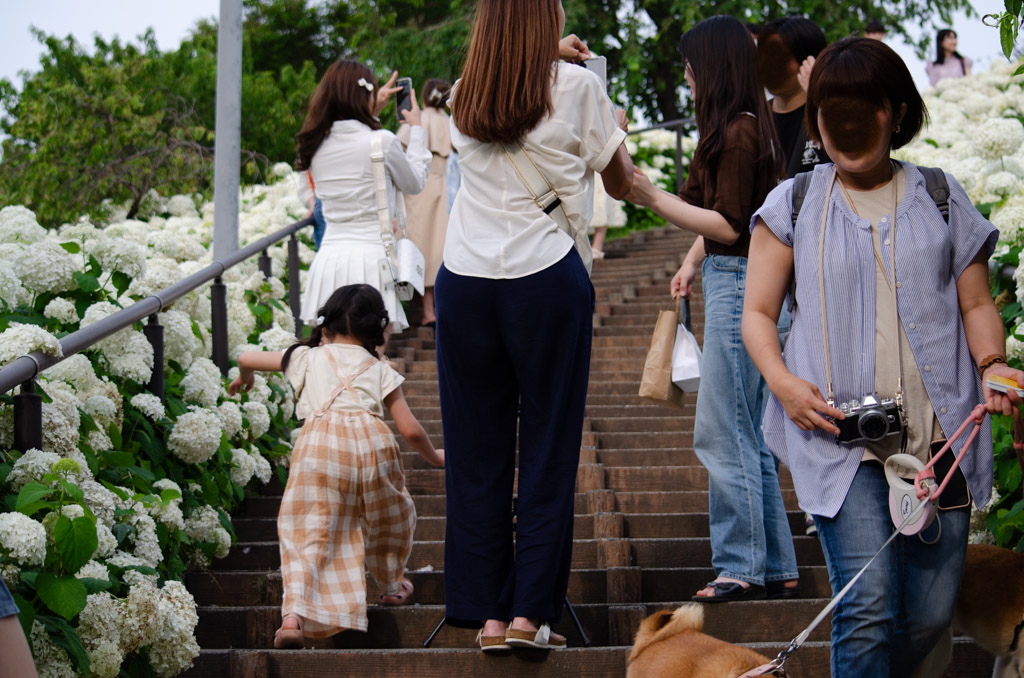

The Miraikan opened in 2001 under the concept of “a place open to all people to think about and discuss science and technology as culture, its role in society, and its future possibilities”.
Permanent exhibitions are on the 1st, 3rd, and 5th floors, and are organized around three main themes. Let us take a brief look at each of them.
Discover your Earth
What is the place of humanity in the 4.6 billion year history of the earth? And how will we be connected to the Earth in the future? This zone uses the latest science to think about how life on Earth and the environment are connected to us.
This zone extends from the first to the fifth floor, centering on the large LED globe “Geo-Cosmos,” which is the landmark of the Miraikan.
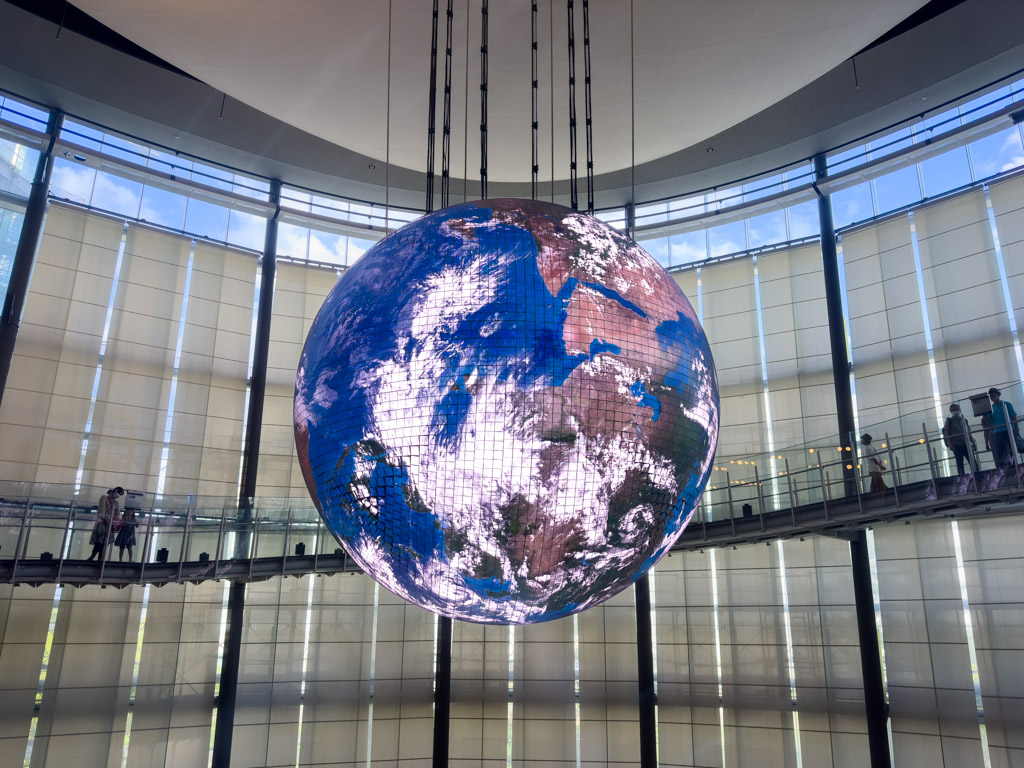
The “Geo-Cosmos” is formed by 10,362 OLED panels, and on the screen, image data taken by meteorological satellites are captured daily to create content that allows visitors to get a real sense of the Earth’s ever-changing appearance. Normally, the images are photographic weather images, but they can also show future geological strata, statistical data on ethnic groups and languages, and political and economic data of various countries.
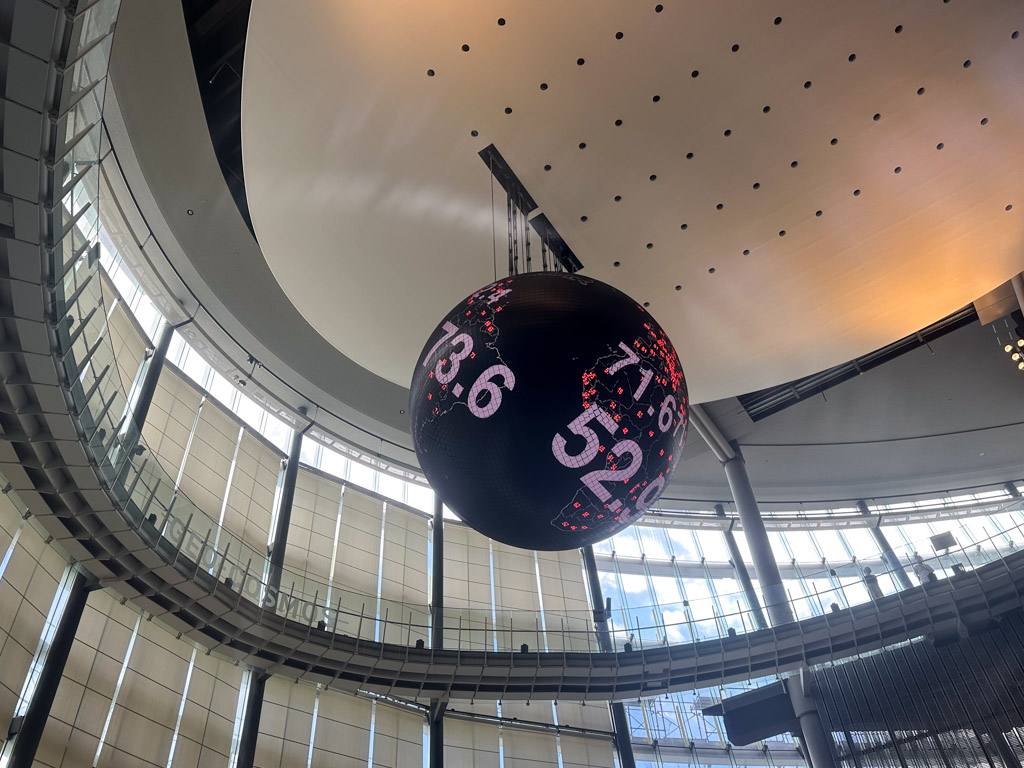
Geo-Cosmos” can also be seen in the Symbol Zone on the first floor, but to our surprise, this is a free zone. What a kind of Miraikan! There are sofas where you can lie down and relax and watch the earth move.
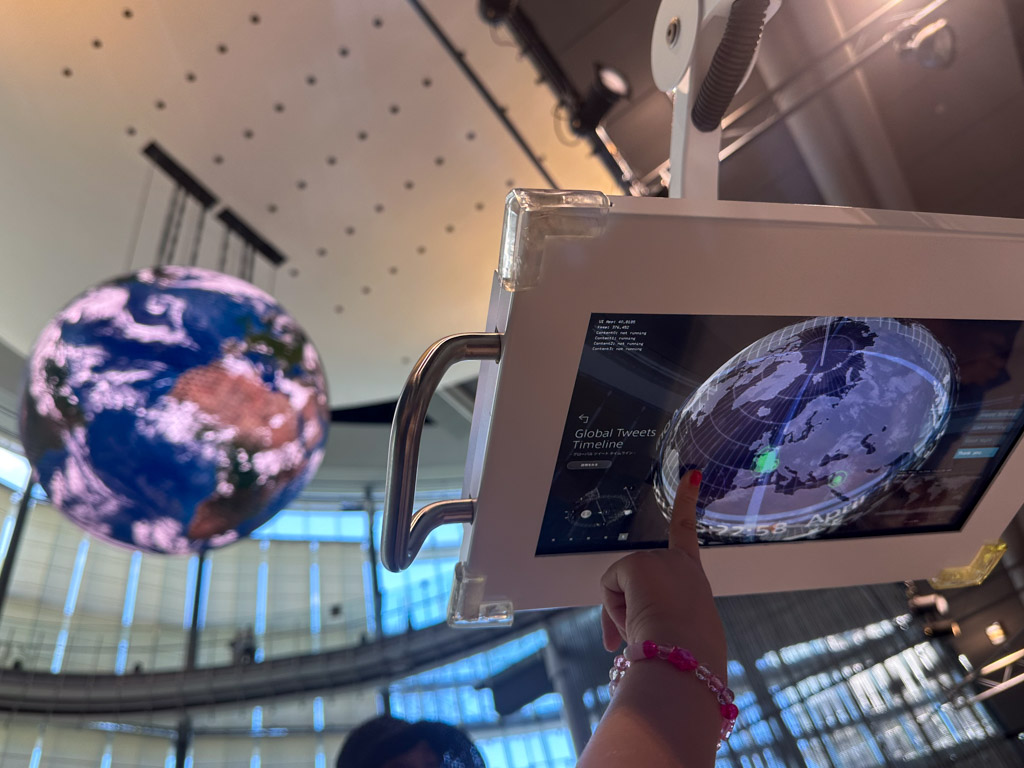
The 3rd and 5th floors are connected by the “Oval Bridge,” a slope encircling the “Geo-Cosmos”. Visitors can view the earth from all angles.
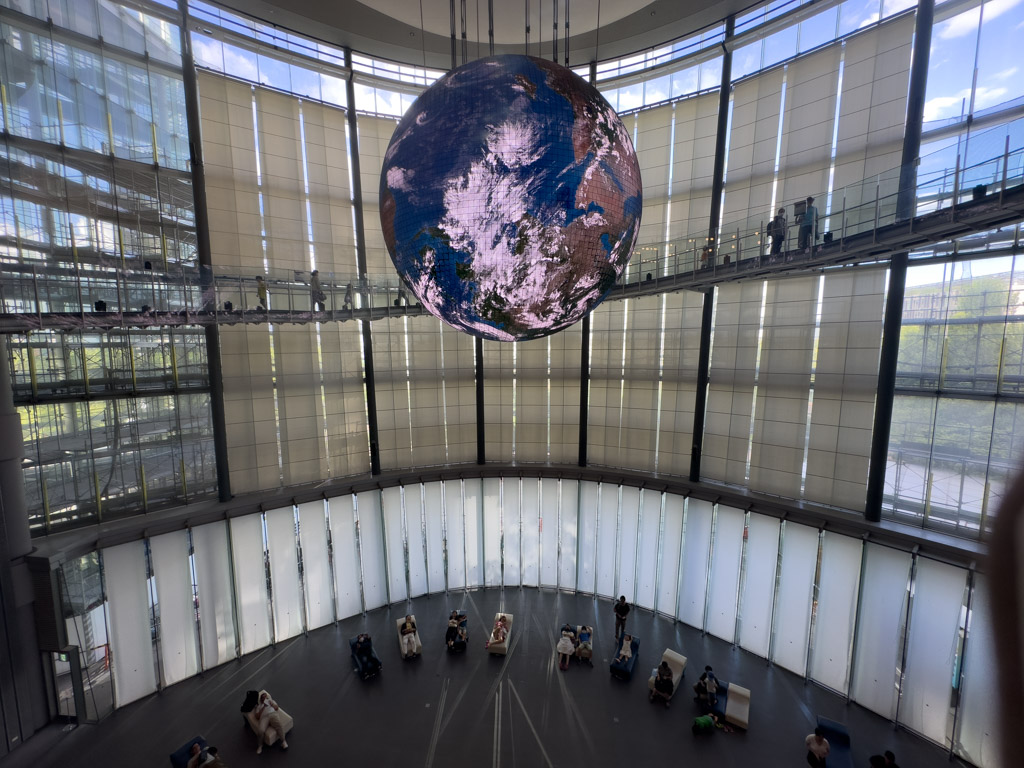
The “Geo-Scope” on the 5th floor allows visitors to visually learn information on the earth through simple touch panel operations. The system works by placing a block of the matter you want to know in the center of the outer frame, and it will be displayed on the screen.
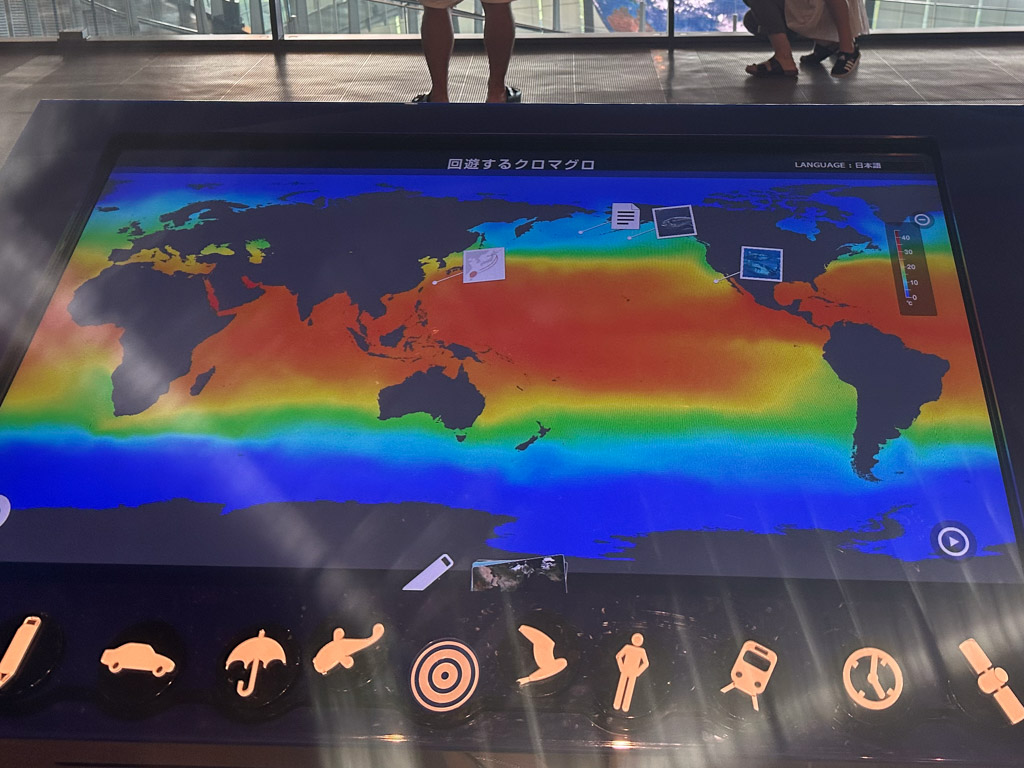
Explore the frontiers
The “Explore the frontiers” zone on the 5th floor explores how the world around us works on various scales.
There were a variety of exhibits, but here I would like to introduce just a few that left the greatest impression on me. Actually, I had already visited the special exhibition earlier in the day, which was so interesting that by the time I arrived at this zone, it was almost closing time and I could not visit all of the exhibits. Many of the hands-on exhibits were closed in the evening, so I strongly recommend that you visit the museum early!
Stories of One, Everyone, and You
The exhibition uses a picture book style to show us what in nature only humans possess. Visitors can visually see how our brains send signals to our emotions, and learn how we humans think together and as a group.
It is a kind of small attraction for children because they have to press a button or turn a handle to flip through the picture books.
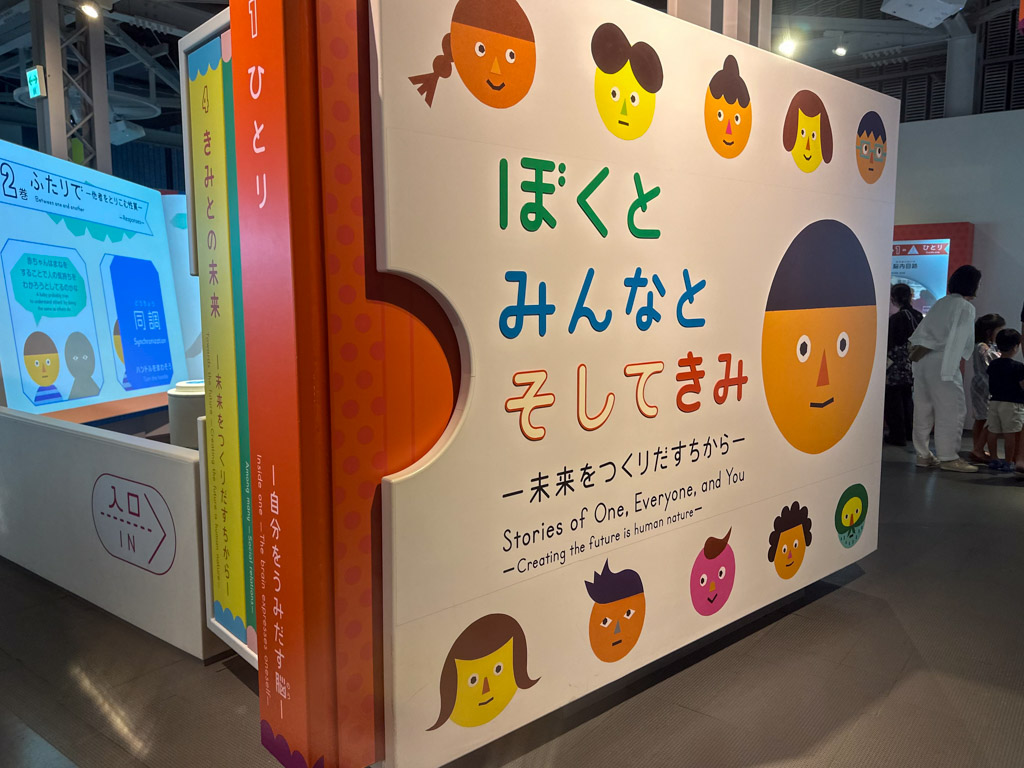
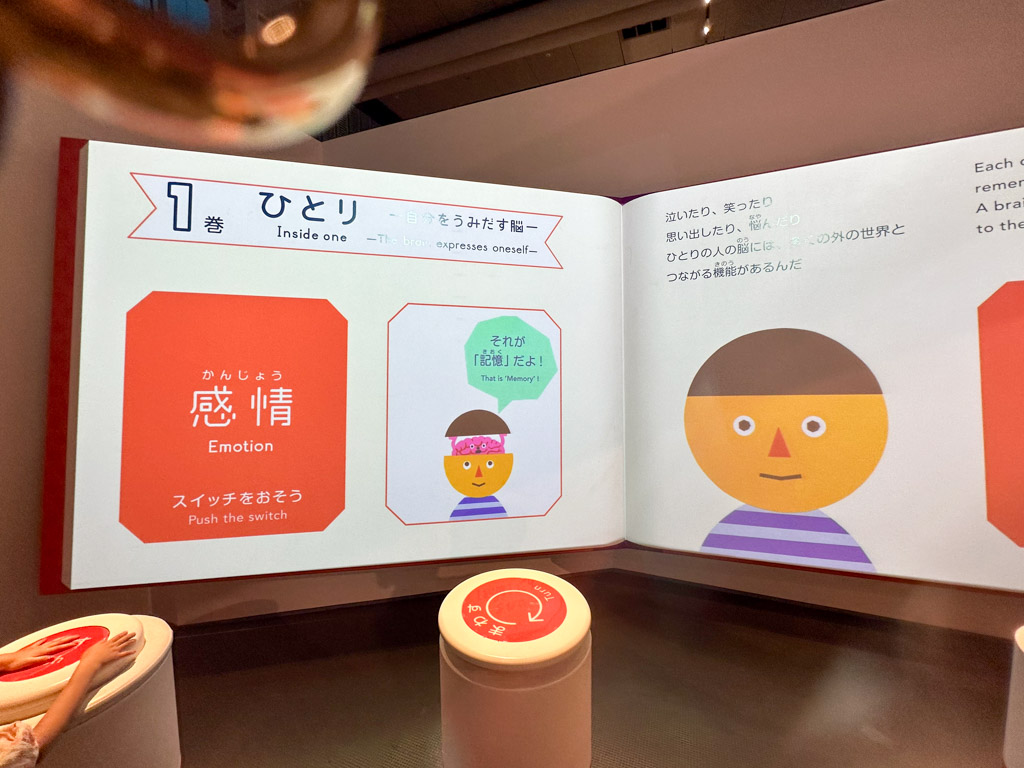
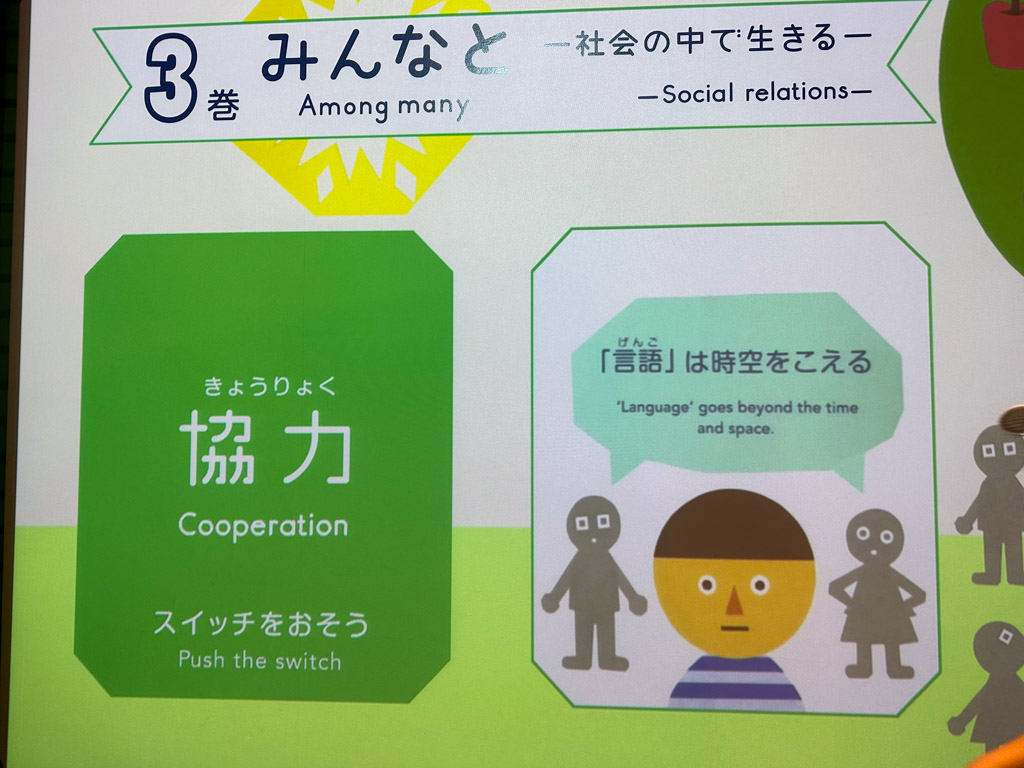
This is ISS, go ahead
The International Space Station (ISS) Space Habitation Building Exhibit provides a look at life in space and the research being conducted there.
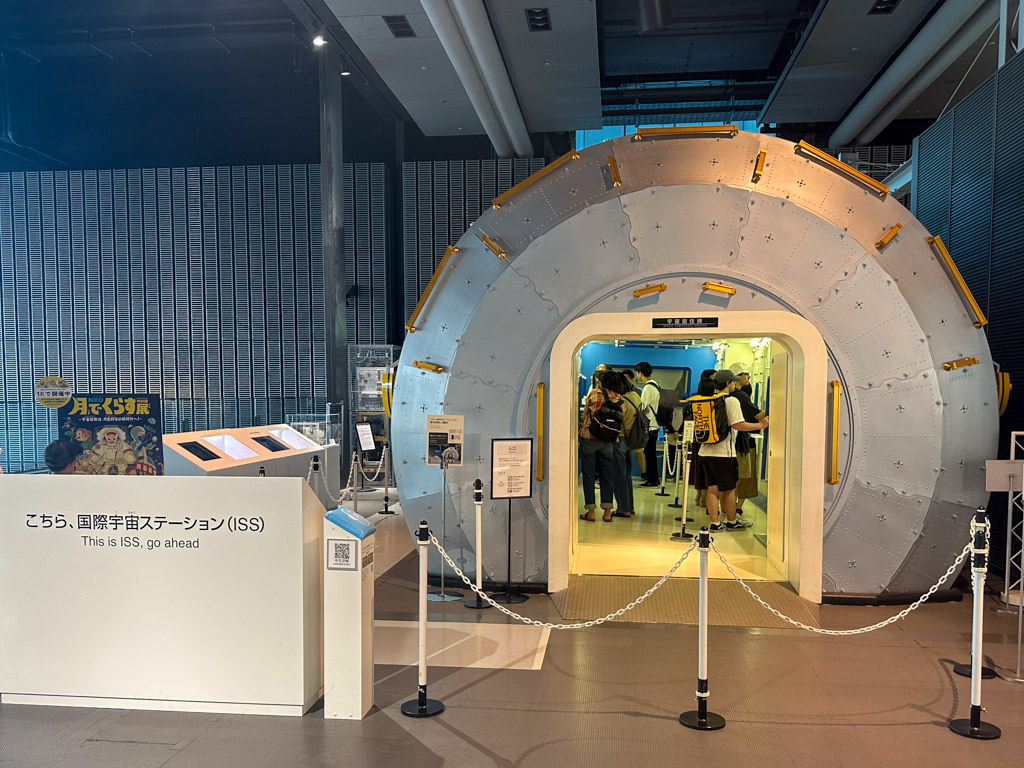
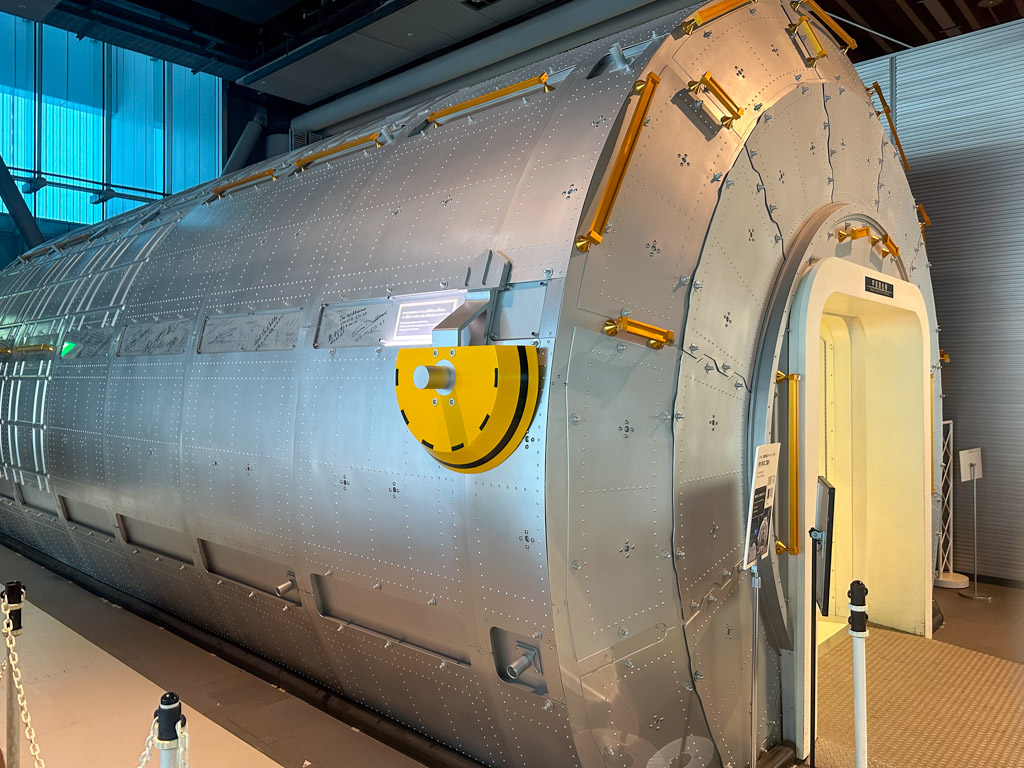
Mission Survival: 10 Billion
In addition to natural disasters such as earthquakes and volcanic eruptions, we have the risk of unexpected new types of disasters, as nuclear disasters, weather abnormalities and the spread of epidemic diseases by having developed science, technology and transportation. In addition to learning about the mechanism of disasters and the damage they can cause, the program will make you think about what you should do now in order to survive on this planet.
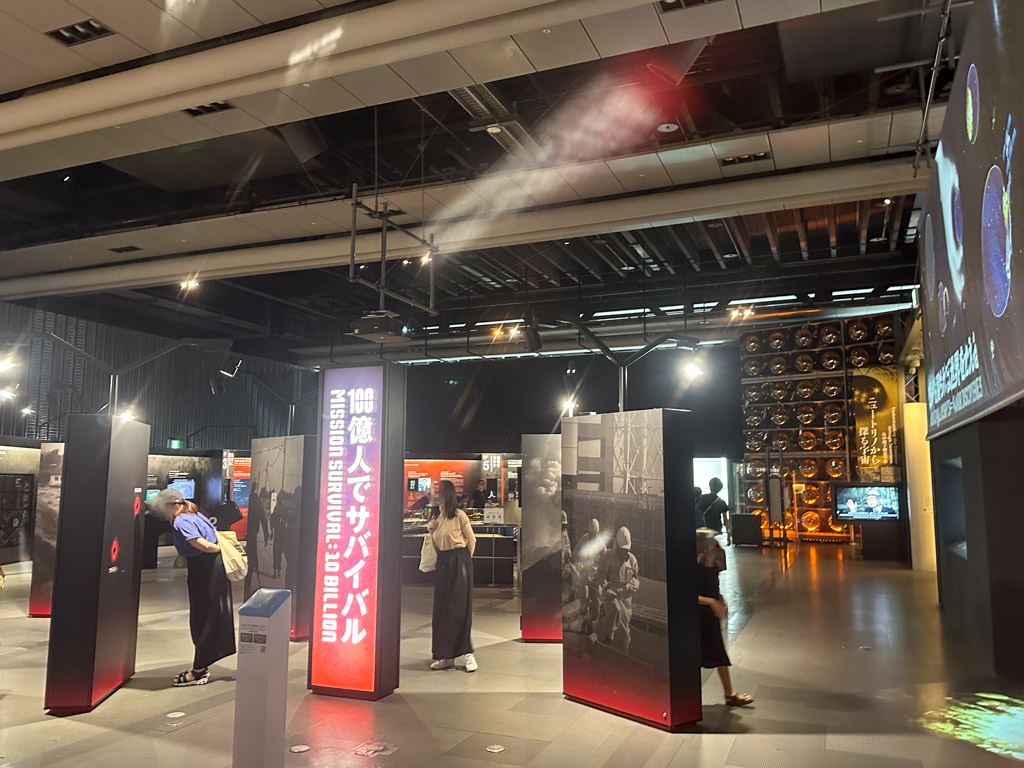
Create your future
The “Create your future” zone on the third floor is a place to think about the future we want and what we should do to make it a reality.
Backward from the Future
This is an exhibit that allows visitors to actively experience, through a game-like experience, what kind of world they would like to leave to their descendants living on the earth 50 years from now.
First of all, I would think about what kind of world I wanted to leave behind and stamp the world I chose. Every choice had both positive and negative aspects, and it seemed extremely difficult to choose just one.
My daughter said”I want to sustain the energy”. The reason was “I want to drive a lot of cars and travel all over Japan”. Since she is only 5 years old, it was still difficult for her to think about what will happen 50 years from now and she did not seem to have a clear idea, but it seems that she made her choice with proper consideration as her near future. It seems that the exhibition provided an opportunity to think about things that we are not usually conscious of.
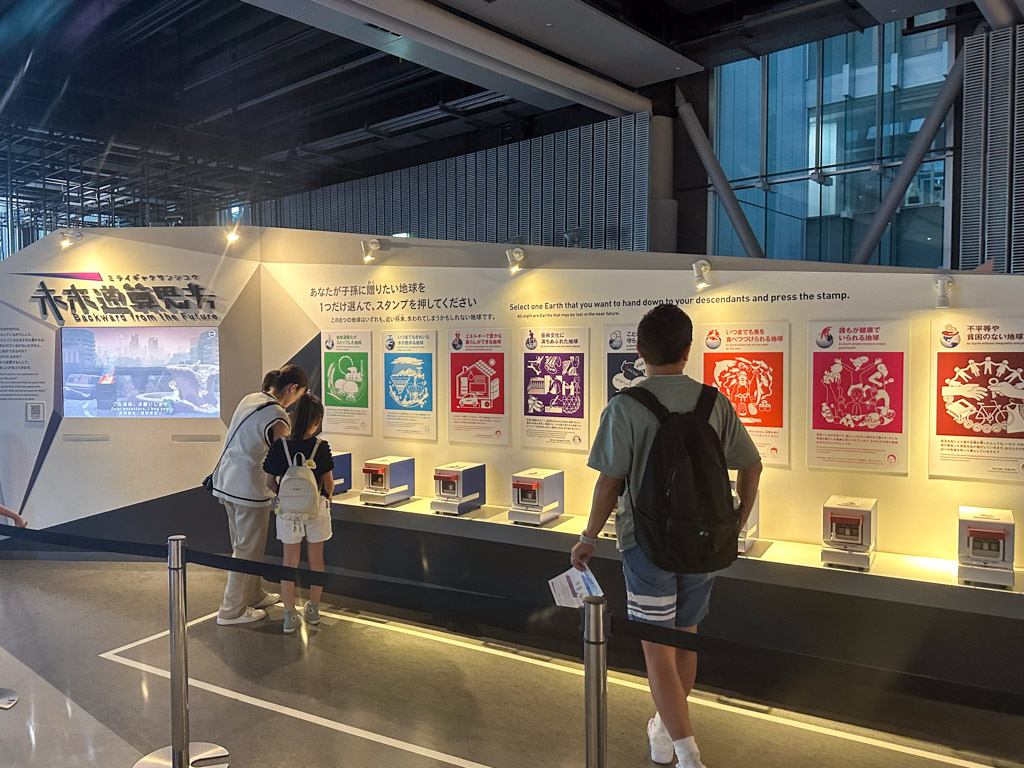
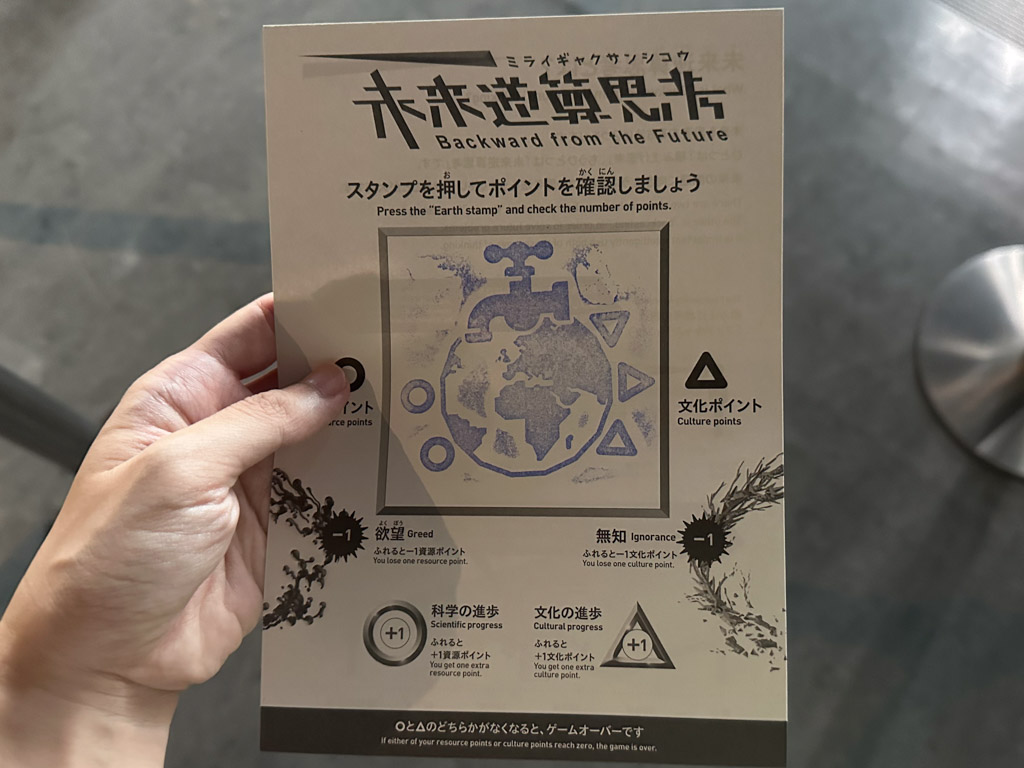
Now, the challenge is to see if you can extend the time duration by 50 years in the future of your choice. Draw a route with your finger to avoid hitting obstacles and reach the goal. If you get points, you can extend the life of the earth, and if you hit an obstacle, your life will be shortened or the game will be over, but I didn’t understand it well and the earth was destroyed immediately…
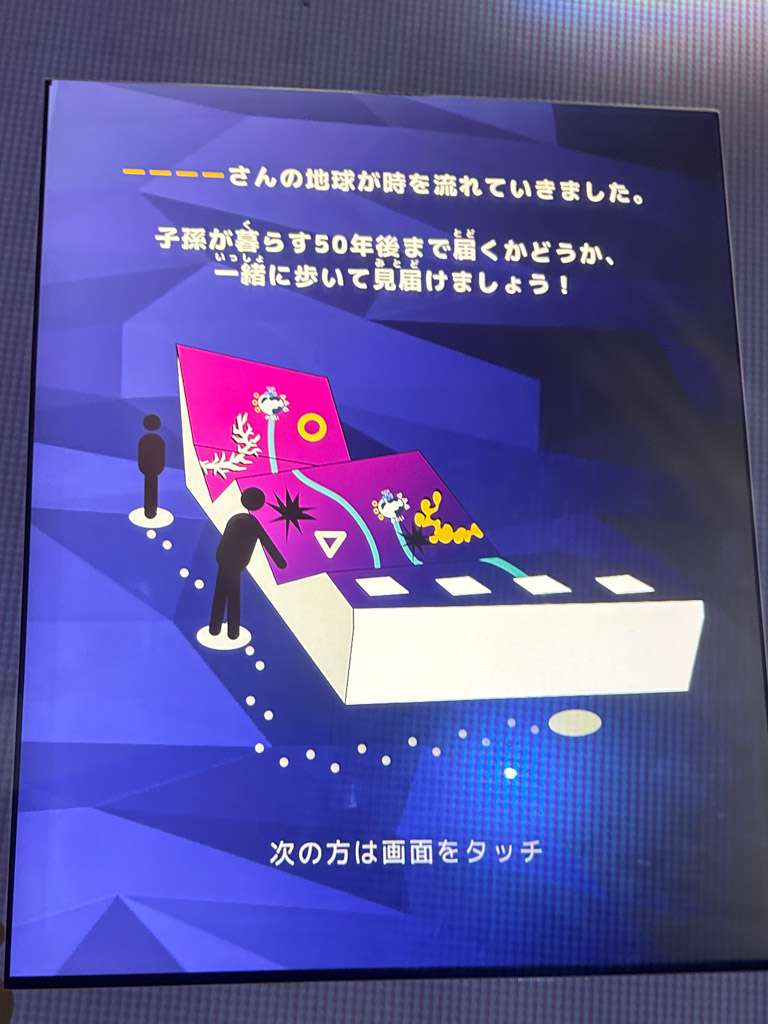
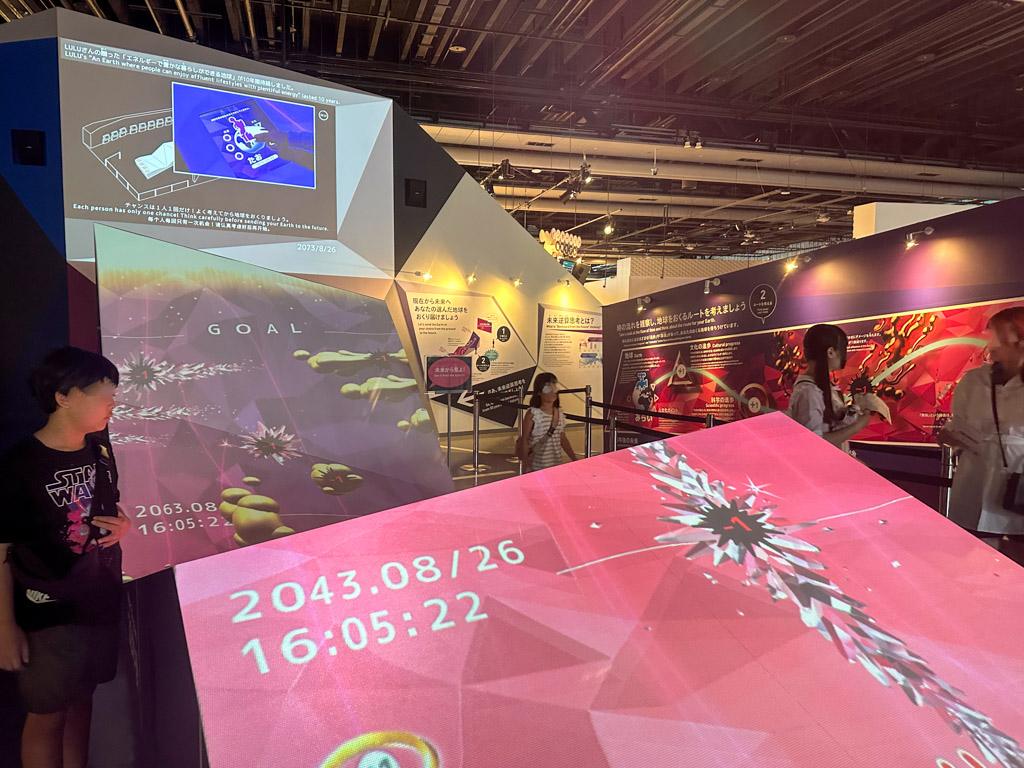
Android – What is Human?
The exhibition features androids (robots that resemble humans) that are getting closer to humans at a very fast pace. Although these androids look exactly like humans, they make us wonder what will make them “human” when science develops to the point where they are indistinguishable from humans.
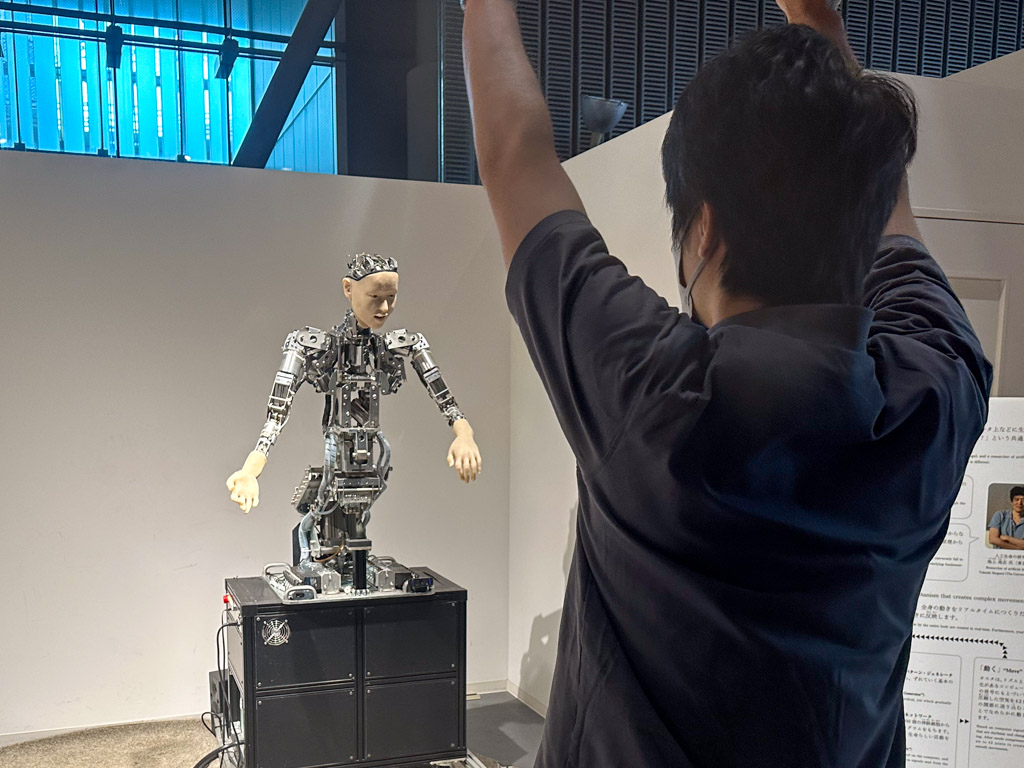
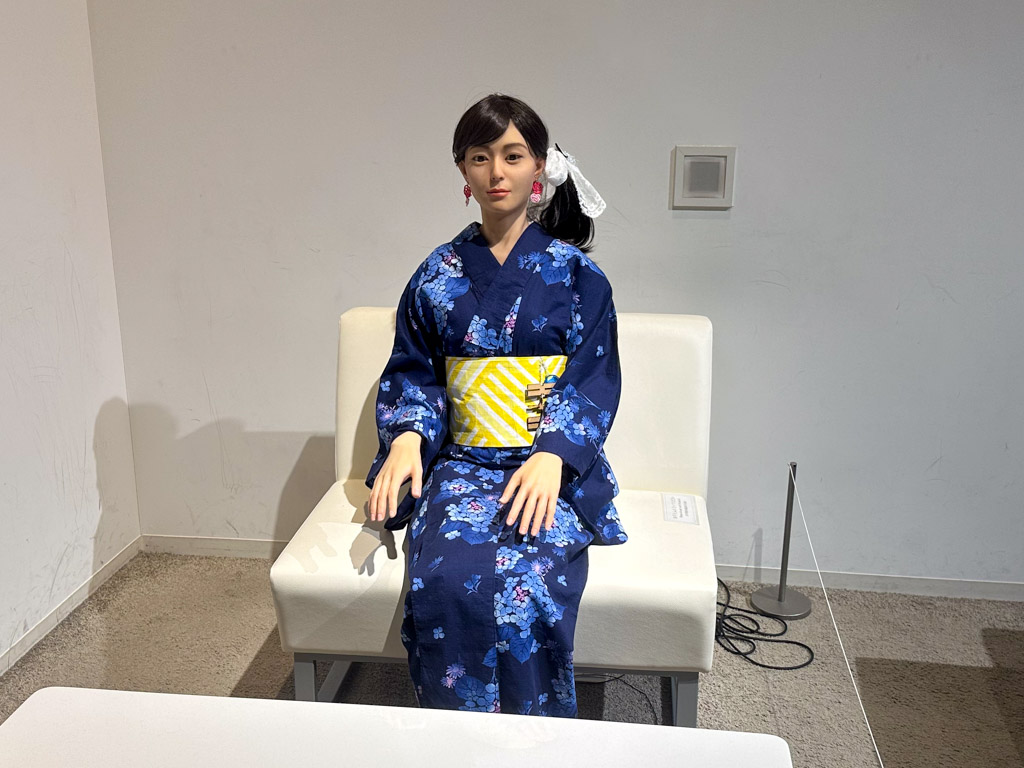
A Hands-On Model of the Internet
The “Hands-On Model of the Internet” exhibit uses white and black balls to visualize how information is delivered over the Internet. A message can be sent from one terminal to another using information packets consisting of 16 white and black balls.
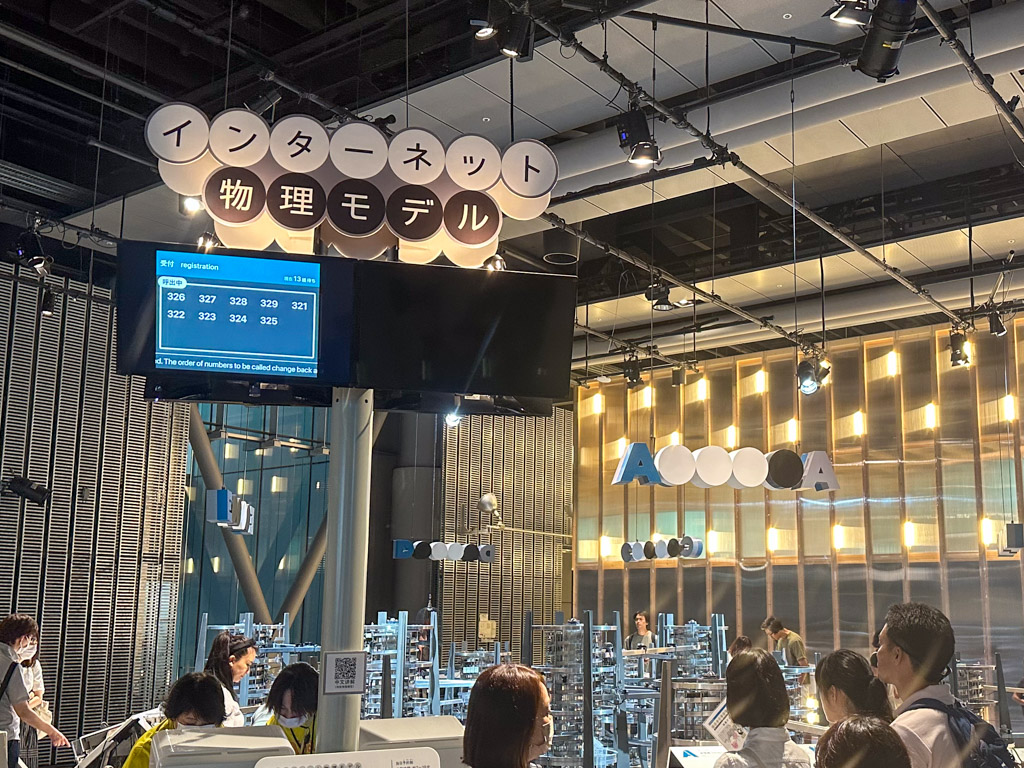
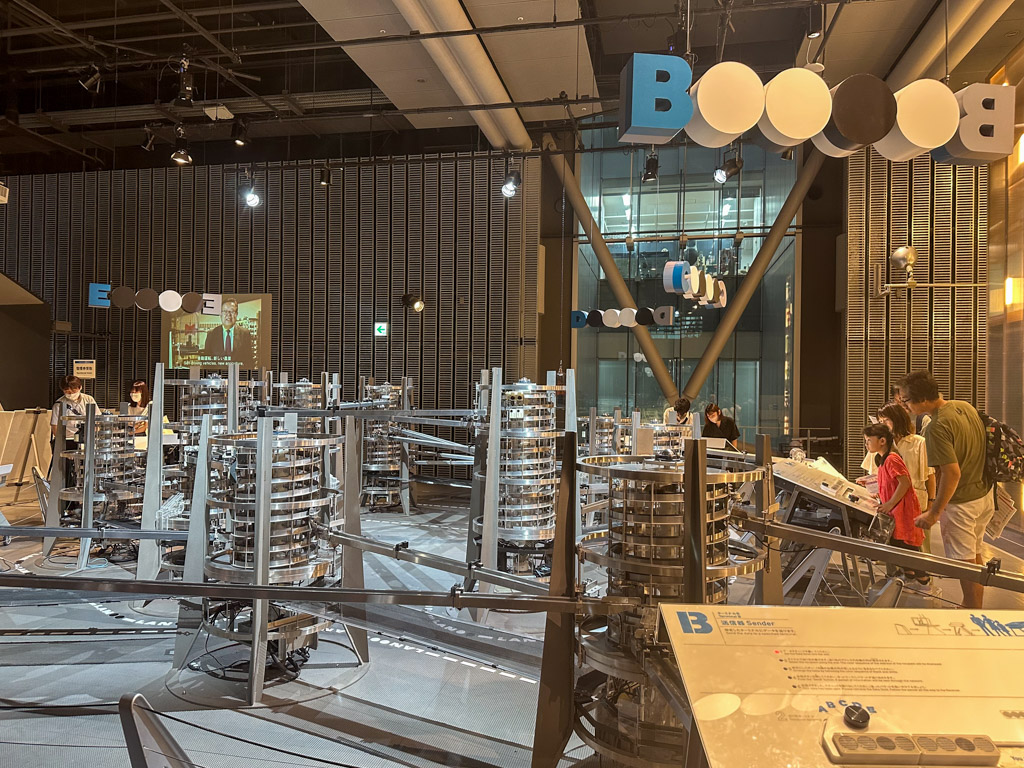
Nobel Q — Questions from Nobel Laureates
Messages from Nobel laureates who have provided understanding and cooperation for Miraikan’s activities are introduced as “questions that we want visitors to continue to think about forever.
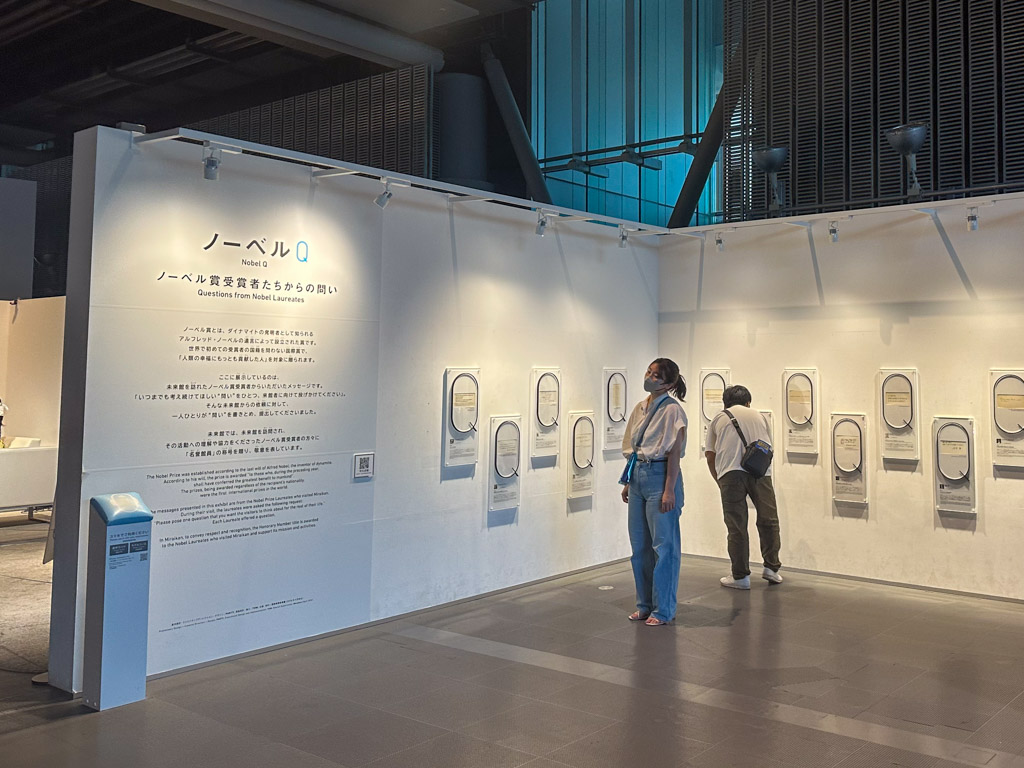
There are still many more ingenious exhibits to be seen. Please visit Miraikan, where you can enjoy thinking about the future through science.
Miraikan – The National Museum of Emerging Science and Innovation
| Address | 2-3-6 Aomi, Koto-ku, Tokyo, Japan |
| TEL | +81-3-3570-9151 |
| Open Hour | 10:00 – 17:00 (Admission ticket sales end 30 minutes before the closing time of the museum.) |
| Close | Tuesdays (open on national holidays), New Year holidays (December 28 to January 1) ** Miraikan may be temporarily closed due to facility maintenance ** Miraikan may be open on Tuesdays during spring, summer and winter vacation seasons. |
| Admission Fee | 【Permanent exhibitions】 Adults: 630yen Child (up to age 18): 210yen Preschool child: free |
| Website | https://www.miraikan.jst.go.jp/en/ |

